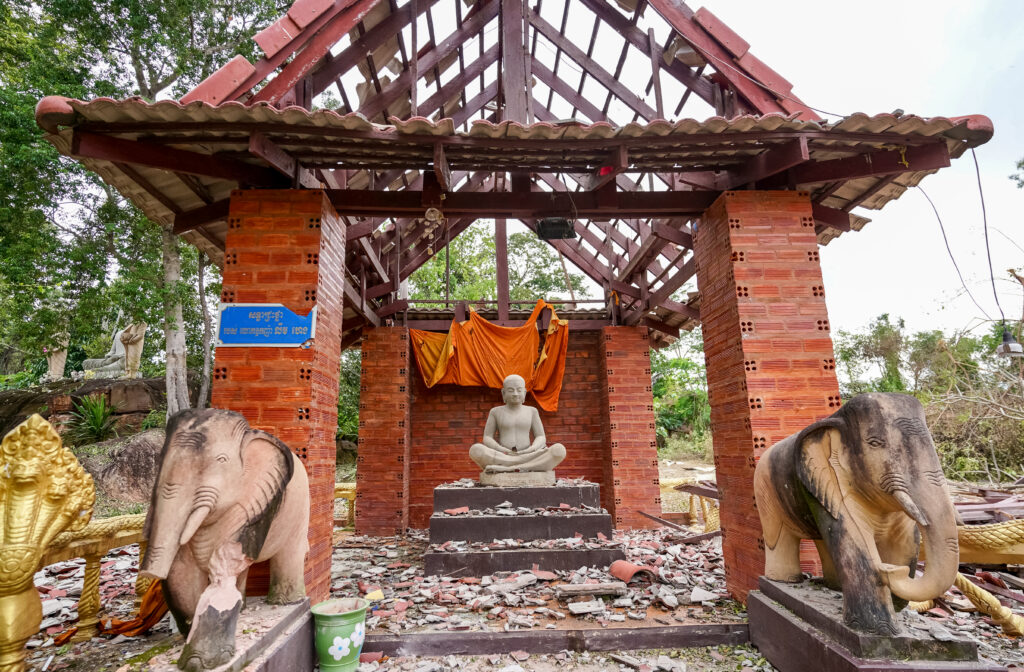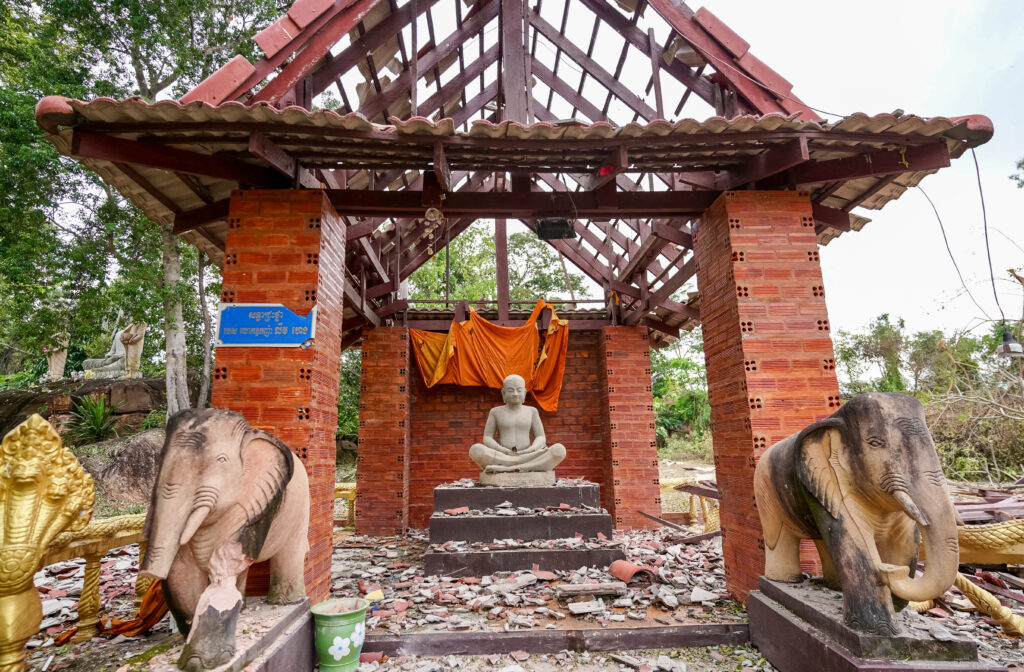Israël annonce la reprise des parachutages d’aide sur la bande de Gaza affamée
Israël, sous une pression internationale croissante pour débloquer l’entrée de l’aide humanitaire dans la bande de Gaza affamée, a annoncé samedi la reprise immédiate des parachutages sur le territoire, auxquels le Royaume-Uni et les Emirats se sont dits prêts à participer.La Défense civile du territoire palestinien a annoncé samedi la mort de 40 personnes dans des bombardements et des tirs israéliens, tandis qu’un bateau transportant des militants propalestiniens a été saisi par l’armée israélienne au moment où il se rapprochait des côtes de Gaza dans l’intention d’y accoster dimanche.Des soldats israéliens sont montés à bord du Handala, bateau exploité par le mouvement propalestinien “Flottille pour la liberté”, pour en prendre le contrôle selon une retransmission en direct diffusée par le groupe. La retransmission montrait des militants propalestiniens assis sur le pont les mains en l’air, et sifflant la chanson antifasciste italienne “Bella Ciao”, cependant que les soldats prenaient le contrôle du navire. La marine israélienne avait indiqué qu’elle ne lui permettrait pas d’atteindre le territoire. Israël, qui assiège la bande de Gaza depuis le début de la guerre contre le Hamas le 7 octobre 2023, avait imposé début mars un blocus hermétique au territoire, très partiellement assoupli fin mai, qui a entraîné de très graves pénuries de nourriture et de biens de première nécessité.L’ONU et des ONG s’alarment à présent d’une flambée de la malnutrition infantile et d’un risque de famine généralisée parmi ses plus de deux millions d’habitants.Face à cette urgence et pressée notamment par Paris, Berlin et Londres de “lever immédiatement les restrictions sur l’acheminement de l’aide”, l’armée israélienne a annoncé samedi que les premiers parachutages menés par des pays étrangers reprendraient le soir même. Cette méthode, déjà mise en oeuvre en 2024 notamment par les Emirats arabes unis, la Jordanie et la France, avait été décriée par nombre de responsables humanitaires, qui l’avaient jugée dangereuse et de portée limitée, soulignant qu’elle ne pouvait se substituer à la voie terrestre. Samedi, le Royaume-Uni a annoncé se préparer à larguer de l’aide et à évacuer des “enfants ayant besoin d’une assistance médicale”, en collaboration avec “des partenaires tels que la Jordanie”.Les Emirats ont déclaré qu’ils reprenaient “immédiatement” les parachutages.- “Coûteux, inefficaces” -L’armée israélienne a précisé que les premiers largages comprendraient sept palettes de farine, de sucre et de conserves fournies par des organisations internationales.Elle a ajouté qu’elle mettrait en place des couloirs humanitaires pour assurer le passage sécurisé des convois de nourriture et de médicaments des Nations unies. Le chef de l’agence de l’ONU pour les réfugiés palestiniens (Unrwa), Philippe Lazzarini, a estimé samedi que la reprise des parachutages constituait une réponse “inefficace” à la catastrophe humanitaire en cours.”Les largages aériens ne mettront pas fin à la famine qui s’aggrave. Ils sont coûteux, inefficaces et peuvent même tuer des civils affamés”, a-t-il déclaré.”Nous ne pouvons pas accepter que les populations, et des enfants en grand nombre, meurent de faim”, a déclaré dans un communiqué le président français Emmanuel Macron, après un échange avec son homologue égyptien Abdel Fattah al-Sissi.Selon lui, une conférence lundi et mardi au siège de l’ONU à New York “doit ouvrir une nouvelle dynamique en faveur d’un règlement juste et durable du conflit israélo-palestinien, sur la base des deux Etats, seule solution à même de garantir la paix et la sécurité pour tous dans la région”.Samedi, la Défense civile a annoncé la mort de 40 personnes, notamment dans des frappes israéliennes à Gaza-ville, dans le nord, dans le secteur de Khan Younès, dans le sud, et dans le camp de Nousseirat, dans le centre de Gaza.Selon cette organisation de secouristes, 14 personnes ont été tuées par des tirs israéliens alors qu’elles attendaient de l’aide humanitaire en différents lieux du territoire, dont l’une tuée quand les soldats ont ouvert le feu sur un groupe de civils réunis au nord-ouest de Gaza-ville.- “L’horloge tourne” -Des témoins ont indiqué à l’AFP que plusieurs milliers de personnes s’étaient alors rassemblées dans cette zone.L’un d’eux, Abou Samir Hamoudeh, 42 ans, a affirmé que l’armée avait ouvert le feu “lorsque les gens ont tenté de s’approcher du point de distribution” situé près d’un poste militaire.L’armée israélienne a déclaré à l’AFP que les soldats avaient procédé à des “tirs d’avertissement” après avoir identifié une “menace immédiate”.Les restrictions imposées aux médias par Israël et les difficultés d’accès à plusieurs zones empêchent l’AFP de vérifier de manière indépendante les informations des différentes parties.La guerre a été déclenchée par une attaque sans précédent menée par le mouvement islamiste Hamas en Israël le 7 octobre 2023, qui a entraîné du côté israélien la mort de 1.219 personnes, en majorité des civils, selon un décompte de l’AFP réalisé à partir de données officielles.En riposte, Israël a lancé une offensive qui a fait au moins 59.733 morts à Gaza, en majorité des civils, selon des données du ministère de la Santé du Hamas, jugées fiables par l’ONU. A Tel Aviv, des proches de la cinquantaine d’otages, morts ou vivants, encore retenus à Gaza, ont une nouvelle fois manifesté samedi pour réclamer la fin de la guerre et un accord permettant le retour de leurs proches.






